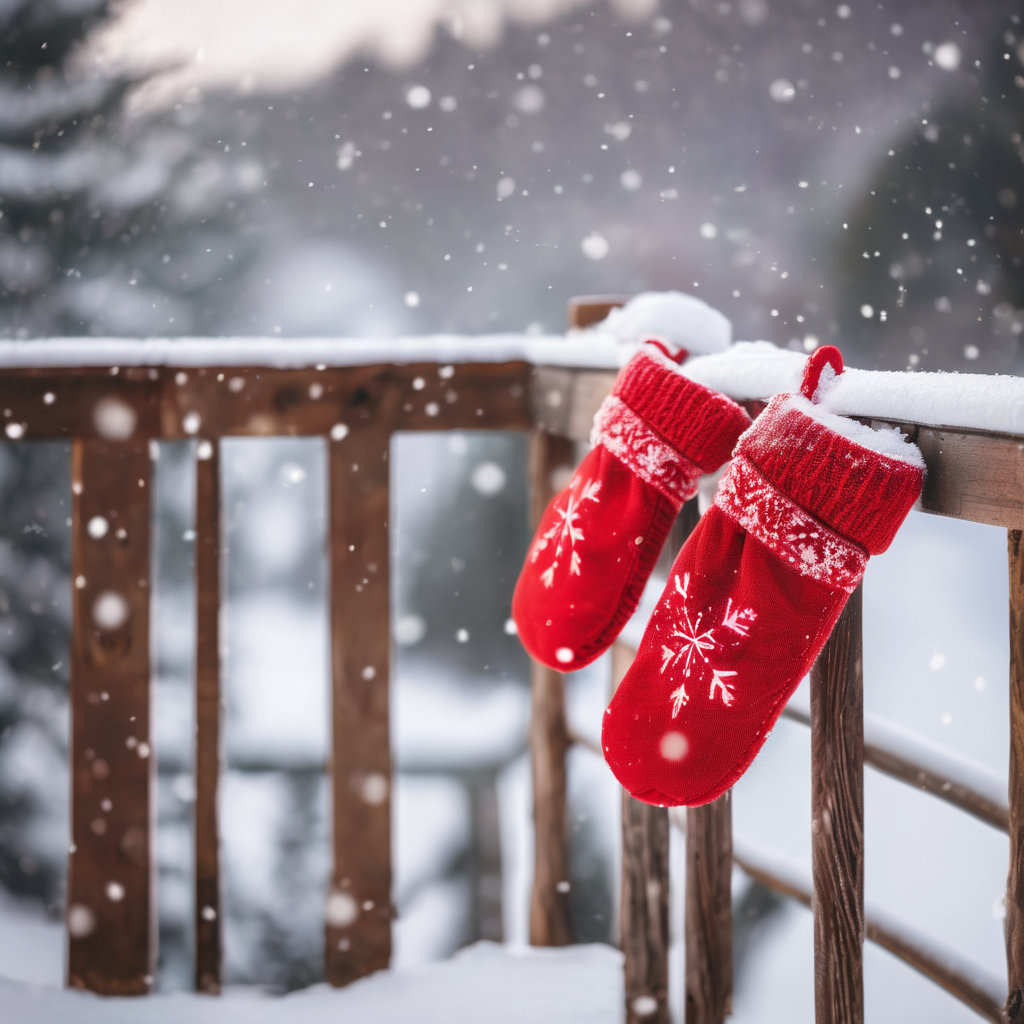The Midwest and Great Lakes regions are currently experiencing their first significant snowfall of the season, with reports of heavy lake-effect snowbands. While precipitation in these areas is beginning to taper off, snowfall is expected to persist in parts of the Appalachians, upstate New York, and northern New England into Tuesday.
This snowy weather pattern is a result of a strong but short-lived cold front sweeping through the Midwest, South, and East. Notably, extreme accumulations have already been recorded. In just six hours, the town of Momence, Illinois, witnessed up to 12 inches of snow, while Chicago’s O’Hare Airport reported 1.7 inches by early Monday morning. Northern suburbs of Chicago, such as Wadsworth, saw 6 to 7 inches accumulate. In nearby northern Indiana, snowfall ranged from 4 to 14 inches, leading to numerous vehicle accidents, particularly in the Indianapolis area.
The heaviest snowfall is likely to continue in the lake snowbelts extending from northwest Pennsylvania and southwest New York, through the Tug Hill Plateau in upstate New York, Northern Vermont’s Green Mountains, and into West Virginia’s Appalachians, where areas may see an additional 6 or more inches. Meanwhile, the western Great Lakes snowbelts saw their heaviest snowfall come to an end, although light snow could still add an inch or so to these regions.
Significant snowfall totals include reports of up to 18 inches south of Marquette, Michigan, and up to 10 inches on the Leelanau Peninsula in Lower Michigan. In parts of southeast Wisconsin, the counties of Racine and Kenosha recorded up to 13 inches of lake-effect snow, while neighboring Illinois reported 15 inches in Winthrop Harbor. The Cleveland and Detroit metropolitan areas have also seen 2 to 5 inches, and central and western Ohio received up to 4 inches with a few higher elevations in the Smoky Mountains capturing 3 inches.
As this marks the first snowfall of the season for many, it is vital for drivers to exercise caution. Roads may be slippery, especially on bridges and overpasses where melted snow can freeze in the evening chill. The initial snow can also influence traffic patterns, so travelers should allow extra time for their journeys.
Historically, many regions see their first measurable snowfall in November, with averages indicating dates like November 8 for Buffalo, November 18 for Chicago, and November 19 for Detroit, according to NOAA statistics. Interestingly, Bismarck, North Dakota’s typical first snowfall date is earlier, on October 28, indicating a slightly delayed start for some areas this year.
As communities adapt to the changing weather, this first significant snowfall serves as a reminder of the seasonal shifts ahead, providing a familiar yet picturesque start to winter in the Midwest and beyond.
